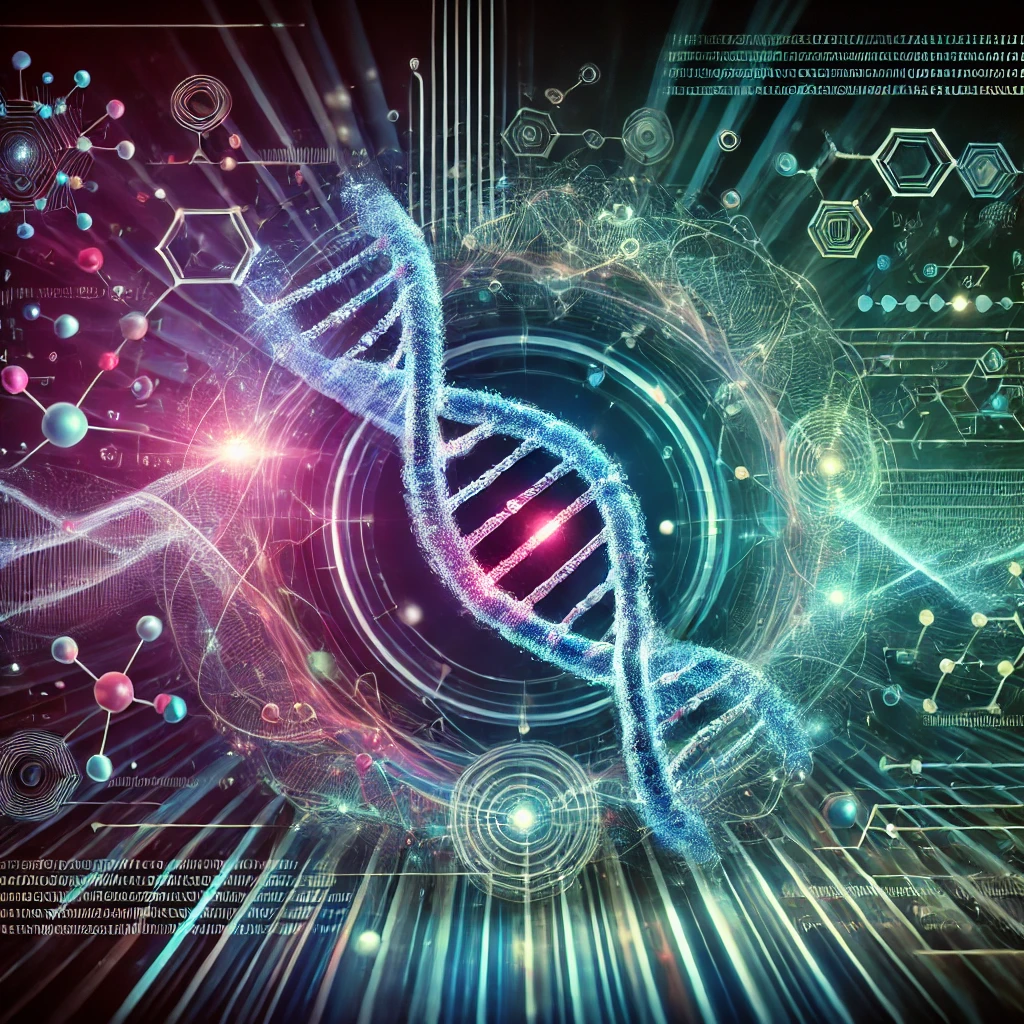Imagine this: A researcher sits in their lab, staring at mountains of data generated by the latest sequencing experiment. Thousands of genes, millions of base pairs, terabytes of raw information. Somewhere in this sea of data lies the answer to a pressing question about cancer biology. But how do they find it?
This is the moment bioinformatics steps in.
Bioinformatics is the bridge between raw biological data and meaningful insights. It's the map that guides researchers through the vast and often overwhelming landscapes of genomics, proteomics, and other omics sciences. Let's explore why this field has become indispensable to modern research and how it's shaping the future of science.
Accelerating Discovery with Computational Power
Not so long ago, sequencing a single genome took years and cost millions. Today, a genome can be sequenced in days, producing a flood of data in the process. But analyzing this data still requires expertise and advanced tools. Take cancer research, for instance. By combining genomic data with transcriptomics and proteomics, researchers can uncover the unique mutations driving tumor growth. Bioinformatics enables them to process this data, identify patterns, and even predict which therapies might work best.
🔍 Example: In a recent study, bioinformaticians integrated multi-omics data to pinpoint a mutation responsible for resistance to a common cancer drug. Their findings helped tailor a new treatment for the patient'saving valuable time and improving outcomes.
Enabling Personalized Medicine
Personalized medicine is no longer a distant dream. With the help of bioinformatics, researchers and clinicians are now able to design treatments tailored to individual patients.
For instance, by analyzing a patient's genetic profile, bioinformatics tools can identify specific mutations associated with diseases like cystic fibrosis or certain types of cancer. These insights enable doctors to prescribe treatments that are more effective and come with fewer side effects.
💡 Real-World Impact: Bioinformatics was instrumental in developing COVID-19 vaccines. Researchers used bioinformatics tools to rapidly identify the virus's genetic sequence, paving the way for mRNA vaccine technology.
Solving Biological Mysteries with Multi-Omics Integration
Biology isn't just about genes - it's about how genes interact with proteins, metabolites, and the environment. Multi-omics integration, powered by bioinformatics, is helping researchers solve some of the most complex puzzles in biology.
📊 Example: In agricultural research, bioinformaticians integrated genomic and metabolomic data to develop drought-resistant crops, helping farmers adapt to climate change.
Driving Collaboration Across Disciplines
Modern research is increasingly interdisciplinary, involving collaborations between biologists, chemists, computer scientists, and data analysts. Bioinformatics acts as a common language, enabling these diverse teams to work together effectively.
Imagine a neuroscientist studying Alzheimer's disease. They collaborate with a bioinformatics team to analyze how gene expression changes in different brain regions. This partnership accelerates discoveries that might otherwise take years.
Why This Matters for You
Whether you're a researcher overwhelmed with data or an industry leader seeking new solutions, bioinformatics is the key to unlocking the potential of your work.
At Zenith Analytics, we specialize in turning complex biological data into actionable insights. From multi-omics integration to predictive modeling, we're here to help you navigate the data-driven future of science.
What's Next?
If you're curious about how bioinformatics can transform your research, check out our blog or get in touch. Let's explore the future of science - together.
#Bioinformatics #ScientificResearch #PersonalizedMedicine #MultiOmics #ZenithAnalytics
